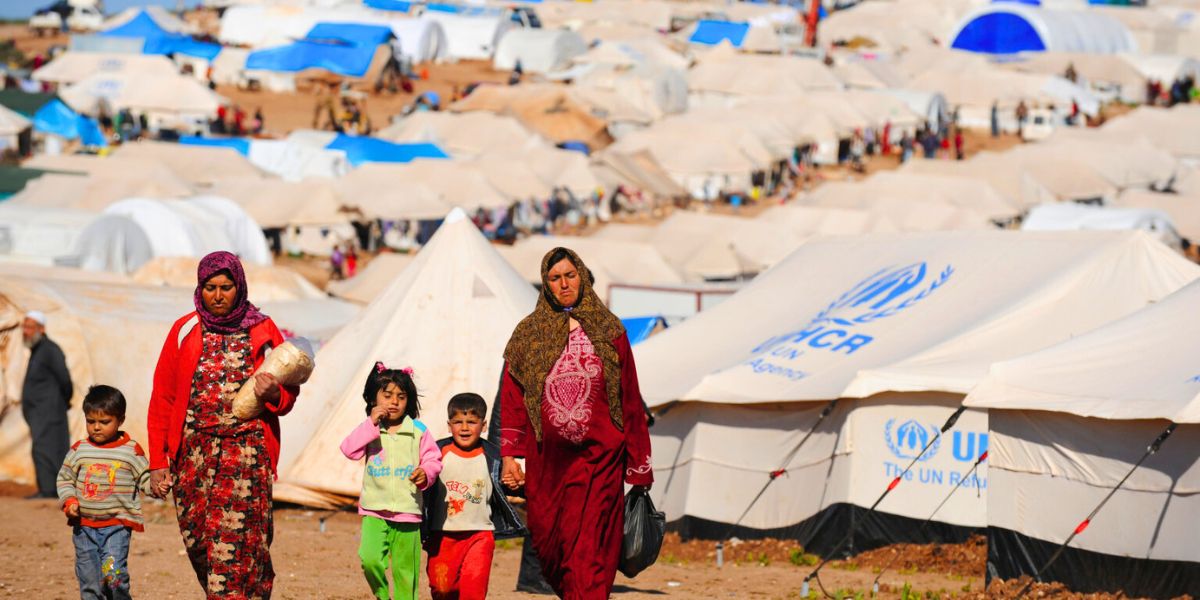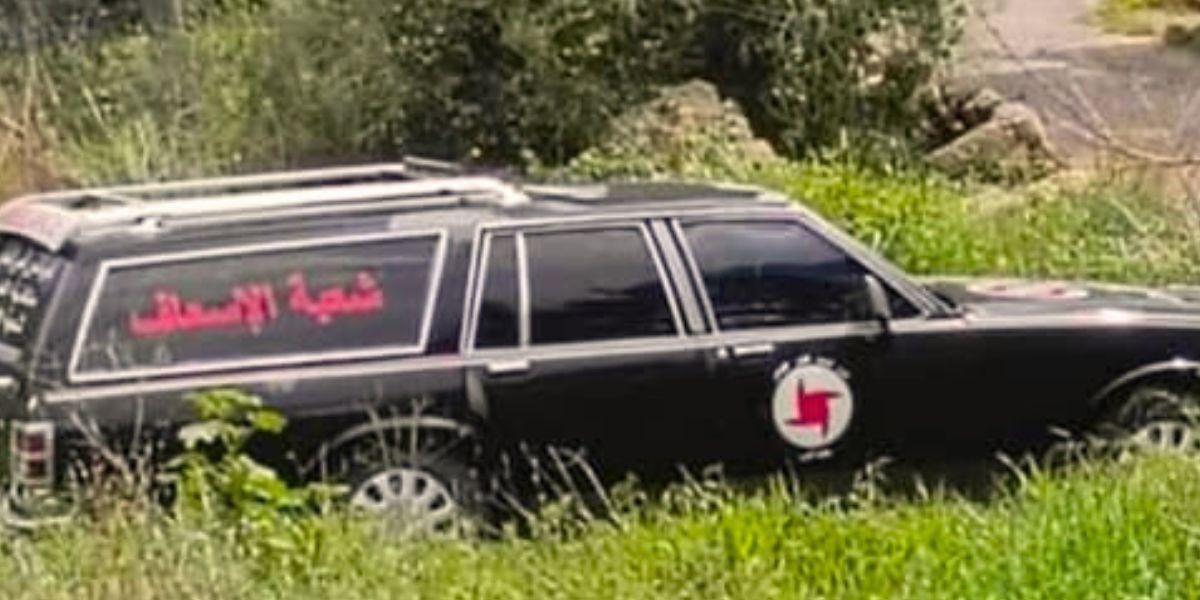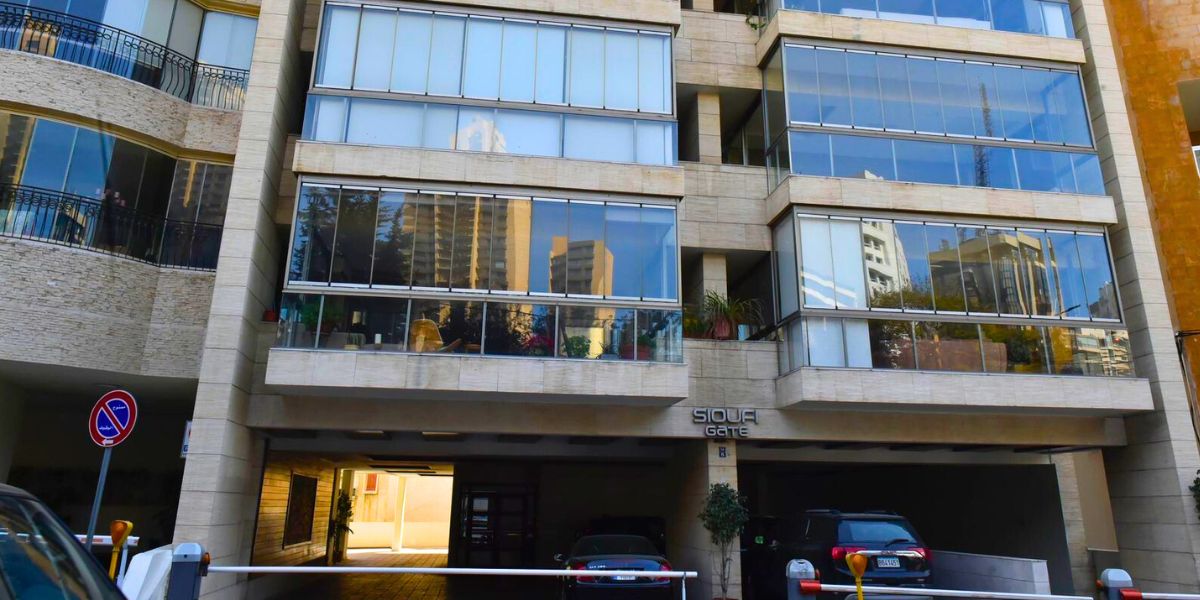In October 1973, many countries in the region were at war with Israel in what became known as the Ramadan War or the October War. As the conflict raged, a bank in Beirut was stormed by guerilla fighters.
At 11:45 AM on Thursday, October 18th, 1973, a group of 5 militants lobbed a grenade and fired a volley of gunshots before storming into a branch of the Bank of America, in a building that houses several Lebanese and foreign banks in Beirut.
After positioning themselves inside the bank, the militants clashed with Lebanese soldiers and policemen that had deployed in a post office across the street, in the heart of Beirut’s teeming financial district.
The Lebanese Army and security forces surrounded the building and set up a security cordon in the Riad El-Solh area.

The firefight went on for 2 hours and resulted in several casualties, including a policeman and some of the dozens of hostages who were stuck inside, at the mercy of the armed group.
One of the guerillas was captured early on during the raid. He was identified as a Lebanese national, named Amir Farroukh, 24 years old.
The bank’s European manager was able to escape during the gunfight.
Despite what their demands might have implied, the militants were all Lebanese nationals, and they identified themselves as being members of the “Lebanese Socialist Revolutionary Movement.”
They set a deadline at 6 PM the same day for their 3 demands to be met, threatening to otherwise kill all hostages in a note they threw out of one of the bank’s windows. However, the deadline kept changing later on as time passed.
The demands were:
- The release of all Palestinian guerillas imprisoned in Lebanon.
- $10 million from one or more of the banks in the besieged building “to support the guerilla movement and the Arab war effort against Israel.”
- A plane to fly them to Algeria or South Yemen.
A second note they later tossed out said: “We have wired the bank with enough explosives to blow it up completely, killing all the hostages as well as us. We shall set off the explosives at 18:00 local time unless our demands are met.”
Through 2 mediators – Algerian Ambassador Mohammed Yazid and a Palestinian guerilla leader – the militants conveyed a message to the Lebanese authorities that the operation was “not a bank robbery.”
Instead, they said, it was an operation “against American interests,” namely the alleged funding that some U.S. banks had provided for Israel in its war against Arab nations, with the goal of securing the release of “our comrades in Lebanese jails.”
Palestinian media reported that the Palestinian Liberation Organization had offered the Lebanese government “any help needed to cope with the situation.”

Late in the afternoon, it was reported that security forces had reached some of the hostages by phone and instructed them to move into a back room without rousing attention.
The reports said the hostages took off their shoes to avoid making noise and eventually managed to reach an adjacent building through a balcony, with the help of 6 policemen. Between 20 and 25 hostages (in other reports, 40 and 60) remained in the bank.
Hours passed by and the day ended without a resolution, and the hostages and their captors spent the night inside the bank.
Eventually, the group reached an agreement with the authorities to yield, on the condition of the broadcast of a statement that condemns America’s support for Israel in the October War.
However, the agreement was followed by a raid by Lebanese commandos, who broke into the bank on the morning of October 19th, killing the leader of the group – Ali Shouaib – and another militant.
One of the remaining 2 gunmen was critically wounded and the other surrendered.
In addition to the militants, a policeman and an American hostage died by the end of the raid, the latter killed by the guerillas.
The Bank of America siege was regarded at the time as the first of its kind in Lebanon and the region. It went on for a total of 26 hours.
3 years later, during the Lebanese Civil War, another bank in Beirut was targeted by a group of militants who carried out a complex heist that is considered to this day to be one of the biggest bank heists in history.
















